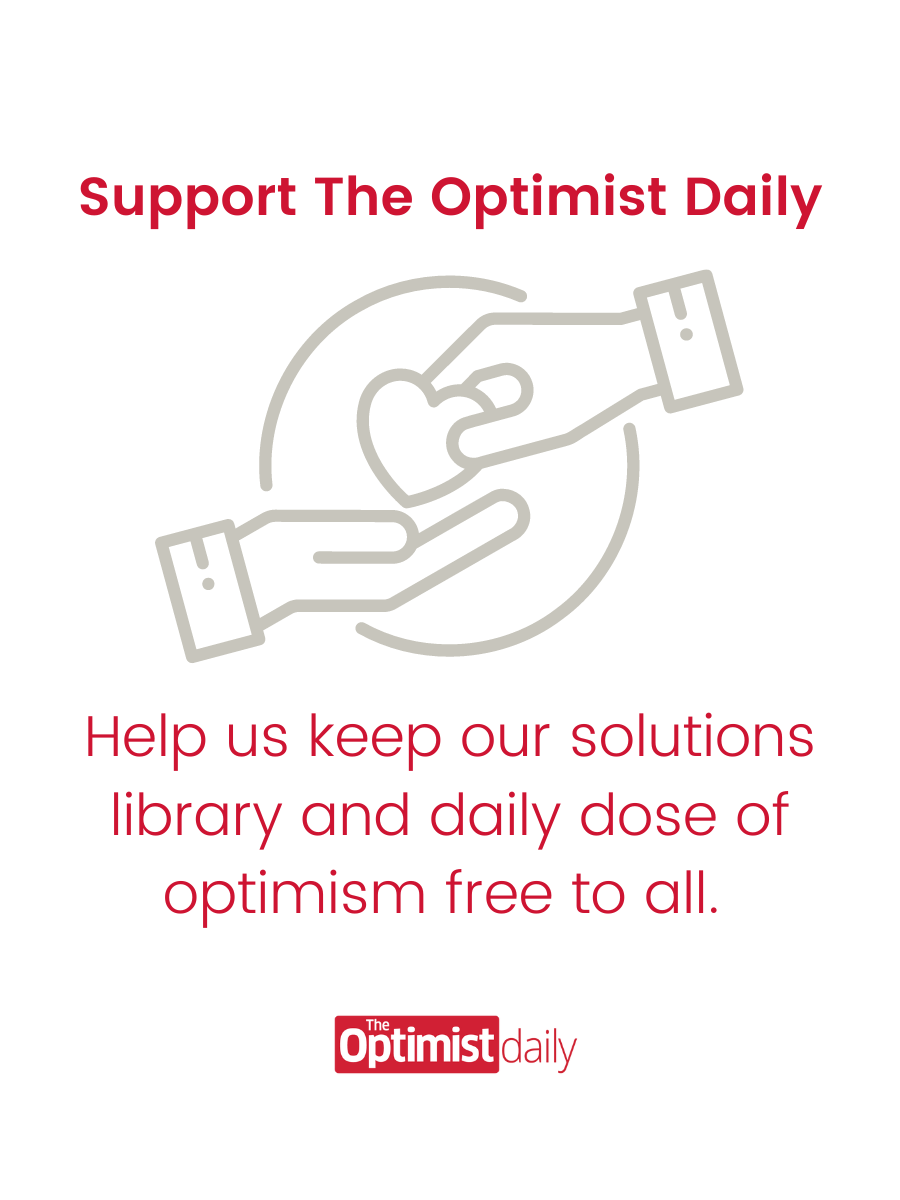Land subsidence is the shifting and sinking of the ground, and it can be disastrous for low lying countries. It’s usually caused by several factors, including erosion, earthquakes, mining, and even rapid urbanization. Because of the risks that subsidence poses to urban areas and agriculture, it is crucial to find ways to monitor and map subsidence in regions where city infrastructure, buildings, homes, and crop yields are under threat.
Many regions in Italy are often impacted by subsidence, which makes the country a prime region to test monitoring and mapping techniques. That’s why scientists in Italy are continuously looking to improve the current ways of predicting and preventing such threats. Recently, researchers from the University of Florence have managed to compile satellite imagery to create maps that detect changes in ground deformation patterns and let the researchers know what risk-mitigation strategies to employ and where.
Satellite radar imaging is one of the most accurate ways to monitor subsidence and damage, and it can help researchers focus on unstable areas not immediately identifiable by conventional ground monitoring techniques.












